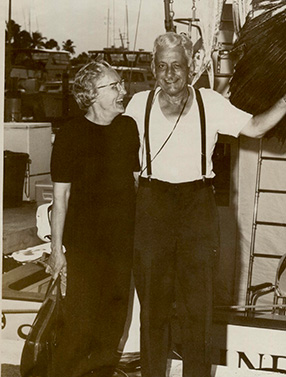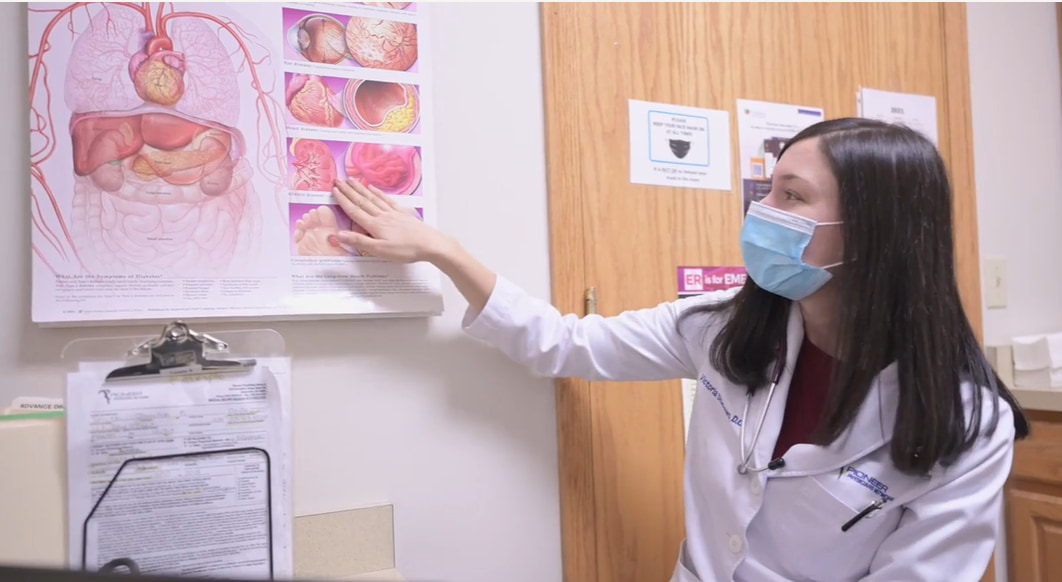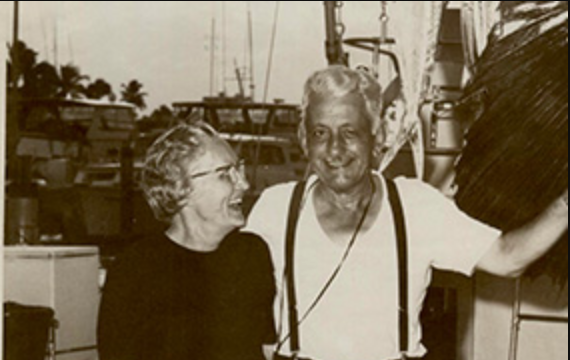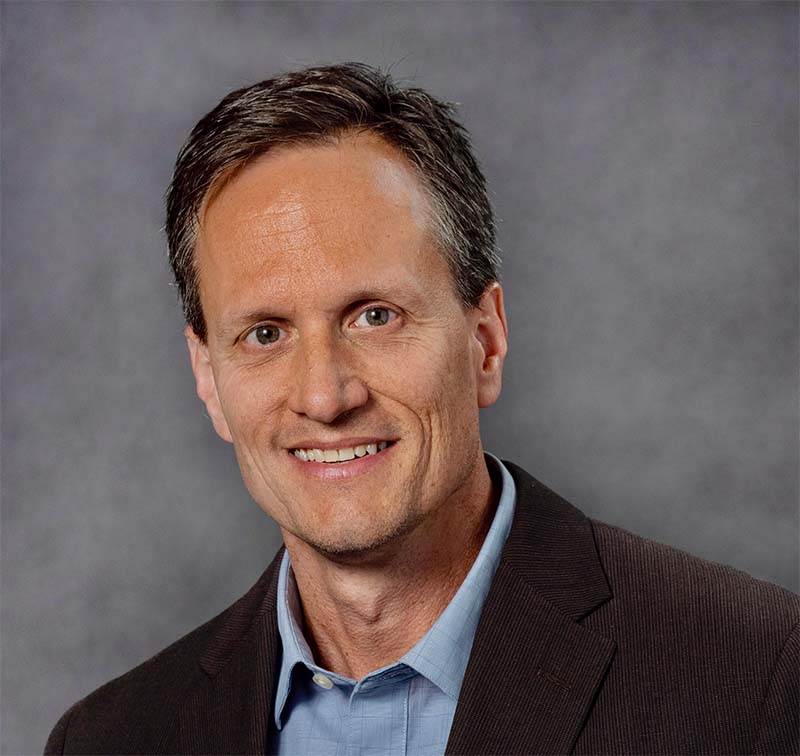When my grandfather started our rural, southeastern Ohio primary care practice in 1930 as a general practitioner, it was just him and my grandmother – a registered nurse – tending to the care of their patients. They knew their community intimately, serving as trusted caregivers. When my father, an internist, joined and advanced the practice in the 1960s – and eventually my brother and I joined as well – we strived to preserve the level of care our grandparents started.
A senior patient of mine remembers my grandfather making a late-night house call to care for her during a severe illness. When she awoke in the morning, my grandfather was asleep at the foot of her bed, having stayed with her the entire night. Now that she is in her 80s, it’s a privilege for me to continue to care for her with the same attention my grandfather did.
But that wasn’t a given. The modern healthcare landscape has created unfavorable economics for PCPs like us, yet an aging population means we are needed more than ever. The fee-for-service model our practice operated under meant seeing dozens of people a day – in short visits – just to stay afloat. We couldn’t afford the in-depth visits we wanted and that our patients needed. It wasn’t sustainable, and like so many primary care practices across the country, we needed a different approach to keep our practices viable. We needed value-based care.
Transitioning to a value-based care model isn’t easy. We knew we needed a partner with expertise in the model, one who could help us learn how to use data insights effectively, as well as change behaviors. Our partner also connected us to a network of like-minded physicians, a group that provides invaluable advice and helps us see where we can do more and where we should do better. We’re no longer going it alone, trying to survive. We’re thriving.
Value-based care allows me to spend the 30 minutes my seniors need each visit. Instead of more than 20 fee-for-service appointments daily, I focus on fewer value-based care appointments, spending the time required to help patients manage their chronic conditions. I no longer feel pressured to consider volume – I focus on the value of care I can provide.
Our practice has introduced capabilities we never would have thought possible, providing a higher level of care to our most vulnerable patients. We have expertly trained teams to handle complex care management, to set up emergency hospice, or to manage transitions of care with the hospital. We even resurrected the home visits my grandfather prided himself on.
Through value-based care and our underlying technology, we now have access to powerful data and can build a comprehensive care plan for high-risk patients based on quantitative insights. I can’t emphasize enough how valuable those insights are as we plan care and manage our approach to chronic conditions as a practice. We can review our quality scores and compare them to others’, identifying how we can lower hospital readmissions or be more effective at caring for a complex patient. Our access to data also lets us connect to the specialists and others in the area who care for our patients. I have a broad view and can manage patient care centrally. A data-driven technology is a must-have in value-based care.
None of this would have been possible without a committed and experienced partner. It’s hard to change the tires on a bike while you’re riding it. Our partnership allowed focus on the new tires as we kept moving forward with our patients. Even better, our partner has stayed alongside us, helping us maximize the value-based care model for our practice and our patients – all while we maintain our independence. Whether you enter a formal partnership or not, make sure to network with others who have made the transition. Even now, we continue to learn and improve thanks to the lessons of those who went before us.
Our practice has changed for the better and made substantial improvements for the sake of patients. Most importantly, with value-based care we’ve kept our doors open. I shudder to think what would have happened to the senior patients my grandfather and father cared for as children if our practice had to close. For many patients, we’re all they have. We are proud we can still provide care like our previous generations, but in even more effective ways.
Today, my brother’s family and mine live on the same farm as our grandparents and work to keep their patients as healthy now as they were then. We are proud to be third-generation physicians, and even prouder to see how our practice is growing and expanding under a value-based care model. Advancements mean we can do more for patients now than our grandfather and father could then, and yet we were envying the attention they could afford to give. Not anymore. Now my brother, our valued partners, and I are part of a practice that continues their legacy and is primed to care for patients in southeastern Ohio for many generations to come.
Contact for media inquiries
[email protected]Up Next.

Blog Apr 07, 2022 | Article
Empowered PCP: Dr. Victoria DiGennaro on Gender Equity and Work-Life Balance in Primary Care
As part of our new blog series, The Empowered PCP, agilon health is sitting down with powerful vo...





